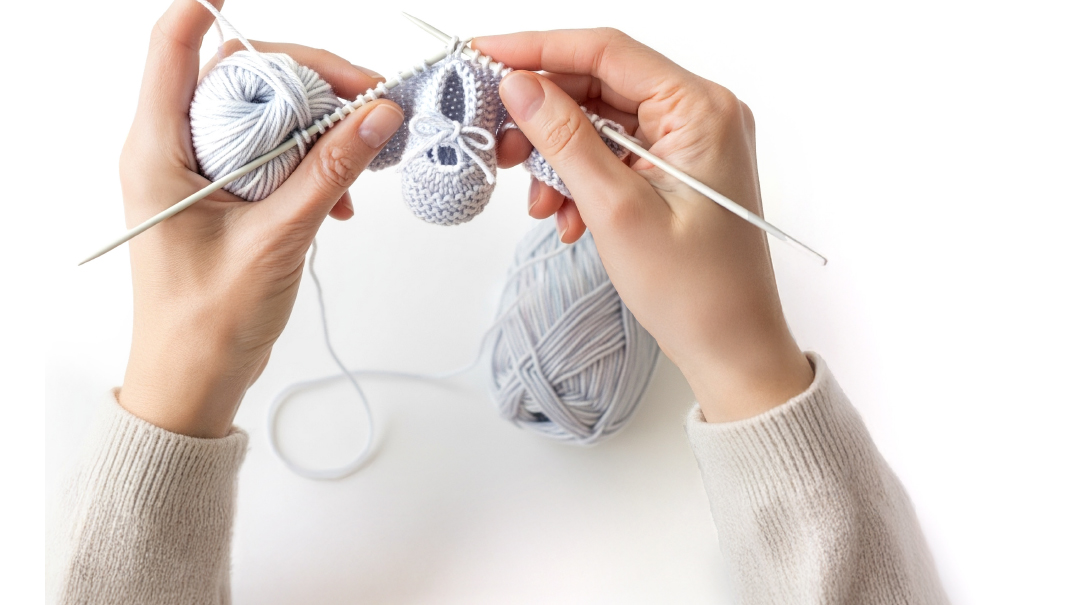First Up

Once, there were no custom sheitels, kosher cookbooks, and seminaries. These pioneers changed that

Pioneer: Yaffa Ganz
Industry: Children’s literature
First book: 1980
Published titles: 40
Copies sold (all books): Lost count at 500,000 some years ago
The Jews may have been the People of the Book for generations, but it’s only a few decades since we’ve become the People of the Children’s Book.
In a previous, more wholesome era, secular media was far more innocent, and even families with the highest chinuch standards were often comfortable in public libraries. Jewish schools read what the public schools read.
Yaffa Ganz and her husband made aliyah from Chicago over 60 years ago and are now the great-grandparents of a growing clan. “When people refer to me as part of the ‘founding generation’ of Jewish juvenile authors, it makes me feel like a dinosaur! I usually feel pretty young, but I must admit that the publishing world ⸺ and the world at large ⸺ has undergone massive changes since I first entered the field.”
When Mrs. Ganz brought her first Savta Simcha manuscript to Feldheim Publisher’s Jerusalem office, it was a novelty they didn’t quite know what to do with. They returned the favor by asking if she’d review a five-foot stack of juvenile submissions that had been gathering dust in their back rooms for years.
One thing led to another, and Mrs. Ganz soon found herself at the helm of the newly created Feldheim Young Readers Division. In their first decade, they published an unprecedented 70 titles for children. Savta Simcha and the Incredible Shabbos Bag, the book that sparked the revolution, was a runaway success.
“I like to think it was because it’s such a great book, but I must admit, she had no competition,” says Mrs. Ganz.
Not everyone instantly recognized Savta Simcha’s appeal, however. When a company representative visited from the US, he saw the printed book, and, not recognizing Mrs. Ganz as the author, wondered aloud why in heaven’s name they’d printed such a ridiculous book.
Although he was sure it wouldn’t sell, he was quickly and agreeably proven wrong. Four decades later, Savta Simcha is as young at heart as ever, and b’ezras Hashem, a brand-new slip-cased edition of all five books in the series is coming to the bookstores this Pesach.
What the doubters didn’t anticipate was the salutary influence the new genre would have on generations of readers; not merely entertaining, the books educated and uplifted without their target audience catching on.
“I’ve had people tell me Savta Simcha set them on the road to Torah or was their first step toward making aliyah — she’s a very Eretz Yisrael–oriented lady,” says Mrs. Ganz.
Her history book, Sand and Stars — The Jewish Journey Through Time (ArtScroll), is used as a text in day schools across the United States.
Though readers enthusiastically welcomed the newly available children’s literature, it’s still rare to find an author whose books will provide more than a nice supplementary income, says Mrs. Ganz. The frum audience is small, and even break-even pricing can be prohibitive enough to keep many families from buying books on a regular basis. This, in turn, makes publishers think twice about investing heavily in juvenile literature.
In the four decades since Mrs. Ganz founded an industry and inspired a generation of authors, the world of publishing has progressed astonishingly. In the early days, all work was done manually; every correction entailed marking up a manuscript and retyping it. Mrs. Ganz remembers her joy at getting hold of a US Army secondhand IBM electric typewriter, which allowed you to make corrections on the fly.
Any changes to the book’s graphics needed to be done, literally, with craft knives and glue ⸺ the original cut and paste. With the advent of computers and desktop publishing, publishing costs have plummeted, and the process has become simpler.
“Everything is faster, easier, and more professional, but the actual quality of the literature still depends on the author,” says Mrs. Ganz.
Everyone with a story inside them now has a shot at authorship — for better or for worse. There are thousands of titles in all genres to enrich readers, but it can sometimes be hard to tease out the true gems that deserve to be noticed.
“They have their day, or week, or month in the sun, and are then relegated to the shelves, where they often just collect dust. Out of sight, out of mind,” says Mrs. Ganz. “So there are more books and more sales, but most likely, less profit.”
Today, authors are often asked to finance the publication of their books, instead of the publishers fronting the money, so it’s often the author’s determination that decides what will or won’t get published.
The biggest trend that seems to be here to stay? Comics! Are they good for the Jews? Mrs. Ganz and her grandchildren have agreed to disagree on that one.
Pioneer: Claire Grunwald
Industry: Custom sheitels
Year founded: 1960
In an age when every woman with a pleasant first name seems to have an eponymous sheitel company, some may be surprised to learn that wigs were already a common head covering back in the Old Country.
When Claire Grunwald was born, she says, “My mother looked at me and said, ‘She has a big forehead, she’ll wear a sheitel easily.’ ”
A lot happened in young Claire’s life before that prediction came to fruition. Claire, her mother, and her five siblings cheated death when their train never arrived at Auschwitz, depositing them in a relatively milder labor camp near Vienna instead.
Claire, whom the New York Times has dubbed “grande dame of Brooklyn’s sheitelmachers,” learned her trade from the ground up during the postwar years, as an apprentice to a master German wigmaker. Arriving in the US at age 17, the refugee with the golden hands landed a job immediately at Madame Marie’s salon on New York’s prestigious Fifth Avenue.
Though hair covering was notoriously a meis mitzvah in those years, when Claire married, there was no question that the newlywed was going to cover her hair like her entire extended family did. Her more machmir relatives, who didn’t want human hair, wore artificial wigs made from pell, a type of animal hair; synthetic sheitels wouldn’t hit the market until the ’60s.
When the sheitel connoisseur couldn’t find anyone who could style her sheitel to her exacting standards, Claire did it herself. Soon she was doing her friends’ sheitels — and demand snowballed.
Claire, who makes wigs that are custom-tailored to each client’s unique measurements and specifications, founded her company, Claire Accuhair, in 1960, while pregnant with her youngest. She soon had more work than she could handle.
“Hashem was very kind to us. In the ’60s, the new style was big hairdos,” she remembers. No one had enough hair for those bouffant styles. “Even non-Jews put on sheitels, so Jewish women also put them on — and didn’t take them off.”
Oops! We could not locate your form.












